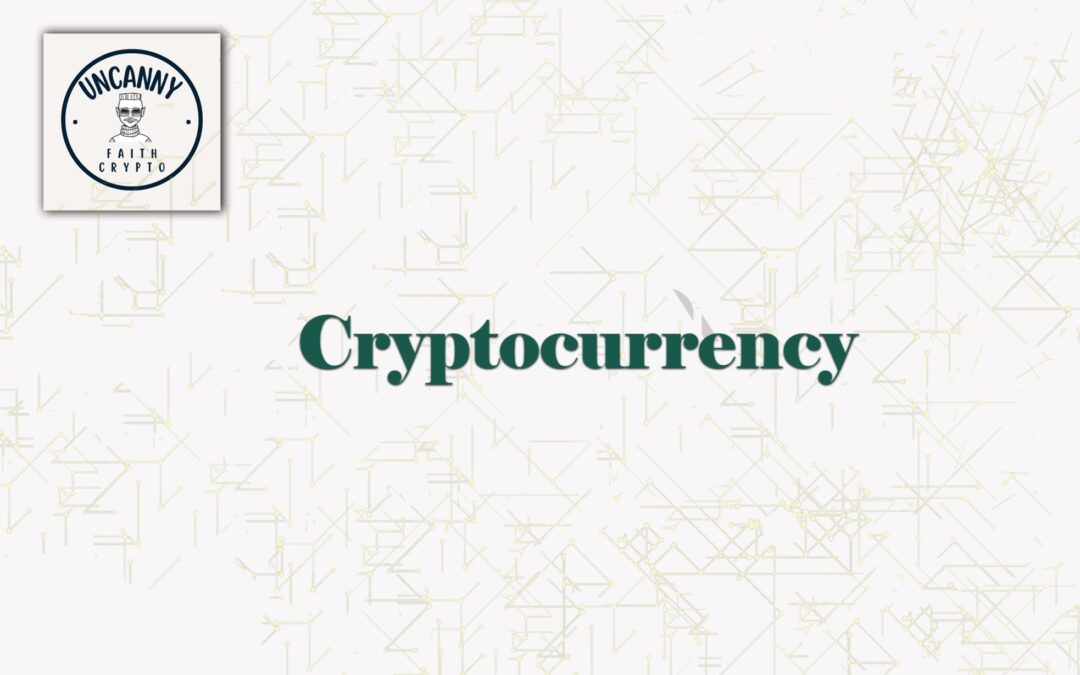The cryptocurrency market is notoriously volatile, but that doesn’t stop investors and enthusiasts from peering into the proverbial crystal ball, wondering what the future holds for their favourite coins. One cryptocurrency that has consistently sparked intrigue is Stellar Lumens (XLM). As a key player in the blockchain industry, Stellar’s native token, XLM, has garnered significant attention from both mainstream investors and crypto experts.
In this article, we’ll take an in-depth look into Stellar Lumens (XLM), diving into its price predictions for 2025, examining expert opinions, and exploring the factors that could influence its value. Whether you’re a seasoned crypto enthusiast or someone new to the world of blockchain, this guide aims to provide clear answers and actionable insights to help you understand Stellar and its potential growth trajectory.
What Is Stellar (XLM) and Why Does It Matter?
Before we dive into price predictions, it’s important to understand what Stellar is and why it’s so relevant in the blockchain ecosystem.
Stellar is a decentralised payment network created in 2014 by Jed McCaleb, one of the early pioneers of cryptocurrency and co-founder of Ripple (XRP). The network primarily focuses on facilitating cross-border payments and money remittances more efficiently, cutting through the slow processes and high fees of traditional financial systems.
The native cryptocurrency of the Stellar network is Lumen (XLM), which powers the network by facilitating transactions and preventing spam. Stellar’s key strength lies in its goal to provide financial access to the unbanked and underserved populations across the globe. With its ability to process fast, affordable, and scalable transactions, many view Stellar as an integral cornerstone of the blockchain payment infrastructure.
Why Is Stellar Lumens (XLM) Gaining Attention in the Crypto Community?
Several factors make Stellar and its native token, XLM, a promising contender in the blockchain world:
-
Focus on Cross-Border Payments: In a time when remittance costs can run high, Stellar provides a low-cost alternative for sending money across borders. Remittances are faster, cheaper, and accessible even in remote areas.
-
Partnerships with Financial Institutions: Stellar’s partnerships with key players in traditional finance and tech, including companies like IBM, have cemented its position as a bridge between fiat currencies and cryptocurrencies.
-
Regulatory-Friendliness: Stellar is considered more regulatory-friendly compared to its peers, which provides investors with confidence amid growing government scrutiny of crypto.
- Sustainability: Stellar is one of the most energy-efficient blockchains, a significant advantage in the era of increasing environmental consciousness.
Key Factors That Could Influence Stellar’s Price by 2025
For those interested in Stellar price predictions for 2025, it’s crucial to consider the various factors shaping its trajectory. From global adoption trends to competition and technological advancements, these are the critical factors likely to influence XLM’s price in the coming years:
1. Adoption and Real-World Use Cases
As blockchain adoption scales globally, Stellar’s success depends on its ability to cement itself as a go-to solution for real-world problems. If Stellar continues to expand its list of partnerships and successfully integrates with banks, enterprises, and fintechs, demand for XLM could skyrocket.
2. Macroeconomic Trends
The performance of cryptocurrencies like Stellar is closely tied to macroeconomic factors such as inflation, government policies, and market liquidity. For instance, during uncertain financial climates, people may turn to blockchain as a hedge against traditional financial systems.
3. Competition
While Stellar is a leader in cross-border finance, it faces fierce competition from other blockchain networks like Ripple (XRP), Solana (SOL), and traditional systems such as SWIFT. Stellar’s pricing will be impacted by its success in maintaining a competitive edge.
4. Institutional Support
One of the biggest drivers of XLM’s price will be institutional adoption. The more enterprises, banks, and organisations that utilise Stellar’s network for real-world financial applications, the higher the token’s value could climb.
5. Regulation
The coming years will play a significant role in defining cryptocurrency regulations around the globe. Regulatory clarity, particularly for projects like Stellar that focus on financial inclusivity, will likely bolster its adoption and, consequently, its price.
XLM Price Predictions for 2025: What Do the Experts Say?
So, what do the cryptocurrency analysts and market experts believe the future holds for XLM? While price predictions should always be taken with a grain of salt (especially in a volatile market), expert opinions can provide some insights into potential scenarios.
Prediction 1: A Modest Rise in Value ($0.50 – $1.00)
Some analysts take a conservative view of XLM’s growth in the next few years. Factoring in potential regulatory challenges and increasing competition, they predict that the price of Stellar Lumens could hover around $0.50 – $1.00 by 2025.
This scenario assumes gradual adoption and moderate growth in partnerships, as well as a relatively stable macroeconomic environment.
Prediction 2: Steady Growth with Widespread Adoption ($1.50 – $3.00)
Others are far more optimistic about Stellar’s future. If the blockchain payment space evolves as expected and Stellar positions itself as a leader with key institutional partnerships, XLM could climb to between $1.50 and $3.00 by 2025.
This prediction becomes more likely if Stellar solidifies its role in bridging fiat and crypto systems globally, particularly in high-remittance countries like the Philippines or India.
Prediction 3: A Bullish Breakout ($5 and Beyond)
The third and most bullish prediction paints a future where Stellar’s groundbreaking infrastructure is adopted on a mass scale, overcoming traditional payment systems. In a world where cross-border payments turn fully digital, XLM could soar to more than $5.00 by 2025.
Mass institutional adoption, tighter integration with governments, and Stellar emerging as the leader of cross-border financial solutions would be the key drivers behind this scenario.
Should You Invest in Stellar (XLM)?
One of the big questions for anyone interested in XLM is whether or not it’s a good investment. Here are some key considerations:
- Long-Term Strength: Investors looking for a long-term bet on blockchain-powered payments may see Stellar as a worthy investment given its large use case and growing legitimacy.
- Volatility: Like all cryptocurrencies, XLM has price swings. While this volatility can create opportunities for short-term gains, it’s a risk for those seeking stability.
- Competitive Position: Stellar has firmly positioned itself as a rival to Ripple (without the heavy legal baggage); however, the market is crowded, and innovation will likely determine its future success.
An Overview of Stellar’s Historical Performance
For context, let’s take a quick look at Stellar’s price movements over the years:
- Initial Launch (2014): XLM started at fractions of a cent as it debuted in the relatively nascent crypto space.
- 2017-2018 Bull Run: During the crypto boom, Stellar saw an all-time high price of $0.94 in January 2018.
- 2021 Bull Market: Stellar hit highs of $0.73 during the 2021 crypto rally before retreating to lower levels.
Frequently Asked Questions About Stellar Price Predictions
Q1: Is Stellar (XLM) a good long-term investment?
Yes, Stellar has a solid use case in cross-border payments, and its established partnerships make it a promising contender. However, all investments carry risk, especially in the volatile crypto market.
Q2: What is the maximum price Stellar Lumens can reach by 2025?
Some bullish predictions suggest XLM could rise to $5 or more by 2025 if global adoption aligns with Stellar’s goals. However, this hinges on several variables, including regulation and competition.
Q3: What makes Stellar different from Ripple (XRP)?
While both focus on payment solutions, Stellar aims for financial inclusivity, targeting the unbanked population, whereas Ripple primarily caters to enterprise-level banking solutions. Stellar is also decentralised in comparison to Ripple’s more centralised structure.
Final Thoughts: Can Stellar Lumens (XLM) Shine Bright by 2025?
Stellar (XLM) has all the ingredients for success in the ever-evolving world of blockchain technology: problem-solving usability, key industry partnerships, and a clear vision for integration with the global financial system.
While nobody can predict the future with complete certainty, experts agree that the combination of adoption and innovation will be key drivers for Stellar’s growth. Whether XLM will see modest rise or explosive gains by 2025, one thing remains clear—you’ll want to keep it on your radar as the crypto market matures.
For the latest updates on Stellar Lumens and additional cryptocurrency insights, be sure to follow this space for expert analysis and emerging trends.

